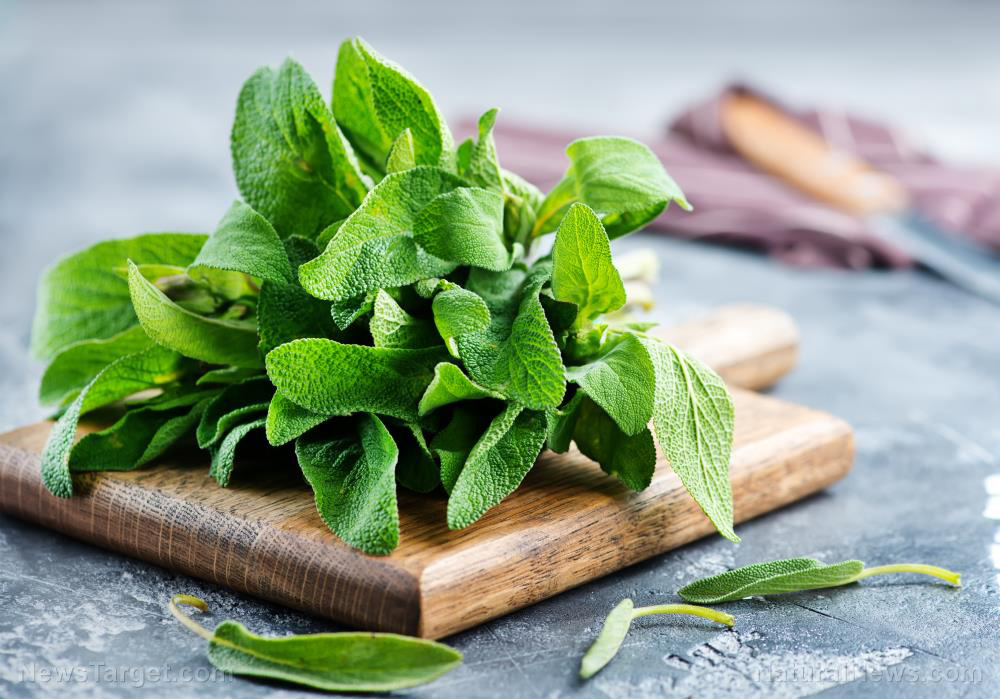
Advertisement
Many people think of purslane as nothing but an invasive weed out to ruin their manicured lawns or vegetable gardens. But there’s more to this plant than meets the eye.
Purslane, also known as duckweed or little hogweed, is a trailing plant known for its succulent stems and fleshy leaves. It can be found in many countries because it thrives even in poor soil.
Though widely known as a weed, purslane is also an edible and highly nutritious vegetable. In fact, it can be added to salads, soups, stews or practically any dish you wish to sprinkle it over.
Purslane has antibacterial properties and works as a detoxifying agent. Its fleshy leaves are also rich in omega-3 fatty acids, vitamin C and potassium, among many other nutrients.
Read on to learn about the health benefits of purslane and how to forage for it.
Nutrition facts and health benefits
Purslane is about 93 percent water, making it a hydrating vegetable. Purslane is also loaded with several essential nutrients. A 100-gram serving of purslane contains the following:
- Vitamin C: 35 percent of the Daily Value (DV)
- Vitamin A: 26 percent of the DV
- Magnesium: 17 percent of the DV
- Manganese: 15 percent of the DV
- Potassium: 14 percent of the DV
- Iron: 11 percent of the DV
- Calcium: 7 percent of the DV
Magnesium helps lower inflammation, while potassium regulates blood pressure. Iron is needed by the body to make new red blood cells. Meanwhile, calcium helps keep your heart beating steadily, and manganese helps lower cholesterol, which, at high levels, can put you at risk of heart disease. All five minerals keep the heart and blood vessels healthy.
However, purslane shines the most when it comes to its omega-3 fatty acid content. These fats keep your heart, eyes and brain healthy. They can even fight inflammation. Purslane is particularly rich in two types of omega-3 fatty acids, namely, eicosapentaenoic acid (EPA) and alpha-linolenic acid (ALA).
Compared to other green leafy vegetables, purslane is exceptionally high in ALA. In fact, it contains up to seven times more ALA than spinach. Both EPA and ALA help prevent diseases of the heart and blood vessels by reducing cholesterol and blood pressure. They can also protect your brain from age-related decline.
Purslane is also rich in antioxidants and beneficial plant compounds, such as:
- Vitamin A – Purslane contains beta-carotene, an antioxidant that your body turns into vitamin A. It can protect your eyes from age-related decline. It also supports a healthy immune system.
- Vitamin C – As an antioxidant, vitamin C protects healthy cells from free radical damage. It helps lower inflammation as well.
- Vitamin E – Purslane contains a form of vitamin E called alpha-tocopherol, which can also protect your cells from damage.
- Glutathione – Glutathione is a powerful antioxidant that guards against oxidative stress, which has been implicated in the development of various chronic diseases.
- Melatonin – Melatonin is a hormone that plays a key role in your body’s sleep-wake cycle.
- Betalain – Betalains are phytonutrients found in some red-violet plants. They provide antioxidant, anti-inflammatory and detoxification support.
Given its nutrient profile, it’s not surprising that purslane has enjoyed a reputation as a medicinal herb. In fact, it has a long history of use as a purgative, muscle relaxant and anti-inflammatory agent in herbal medicine.
Holistic health practitioners also use this herb to treat minor ailments, such as headache, stomachache and joint pain. Experts believe purslane’s beneficial effects against these ailments may be attributed to the anti-inflammatory effects of the many antioxidants and phytonutrients it contains.
How to forage for purslane
Purslane is easy enough to find in the wild as it grows practically everywhere, even in the cracks of sidewalks or driveways. It also often pops up in gardens, flowerbeds and open fields. Purslane can be easily identified by its thick reddish stem and fleshy green leaves. It also has vivid yellow flowers that occur singly or in small clusters.
Purslane is a trailing plant and grows quite low to the ground, forming a living mat of groundcover. However, a single purslane plant may spread up to two feet across.
Purslane leaves, stems and flower buds are all edible. To harvest purslane, cut its stems about two inches from the ground. If you’re growing purslane in the garden, don’t cut the stem too short to encourage regrowth.
After cutting, pop the stems in a resealable bag and place them in the refrigerator. They will keep fresh for one week or more in the refrigerator. Don’t wash them until just before you are ready to eat or cook them.
How to eat purslane
Purslane can be enjoyed raw or cooked, much like other green leafy vegetables. If you want to eat purslane raw, make sure to trim its tough stems using a sharp knife. If you want to use purslane in your recipes, cook it under low temperatures to preserve most of its nutrients.
Here are some serving tips:
- Add raw purslane leaves to salads.
- Juice purslane leaves or add them to vegetable smoothies.
- Saute and gently stew purslane stems and leaves. Serve as a side dish with fish or poultry.
- Add purslane leaves to soups or curries and serve with rice.
If you want to give purslane a try, whip up this easy cucumber and purslane yogurt salad.
Ingredients for 4 servings:
- 5 large cucumbers, peeled and cut into
- 3 garlic cloves, finely chopped
- 1/4 pound purslane, stems removed, washed and drained
- 4 cups Greek yogurt
- 1/4 cup virgin olive oil
- 2 tablespoons fresh chopped mint
- 2 tablespoons fresh chopped chervil
- 2 tablespoons fresh chopped cilantro
- 2 teaspoons ground coriander
- Kosher salt
- Ground black pepper
Preparation:
- Place the cucumber, purslane and herbs in a bowl.
- In another bowl, mix the yogurt, olive oil, garlic and coriander. Add salt and black pepper to taste.
- Pour the yogurt mixture into the vegetables and mix well. Serve chilled.
Take note that purslane contains high amounts of oxalates, which can be an issue for those prone to developing kidney stones. However, this shouldn’t be a problem as long as you enjoy purslane as part of a balanced diet.
Though considered a weed by many, purslane is a highly nutritious vegetable. Enjoy purslane’s many health benefits by incorporating it into your salads and favorite recipes.
Sources:
Advertisements







